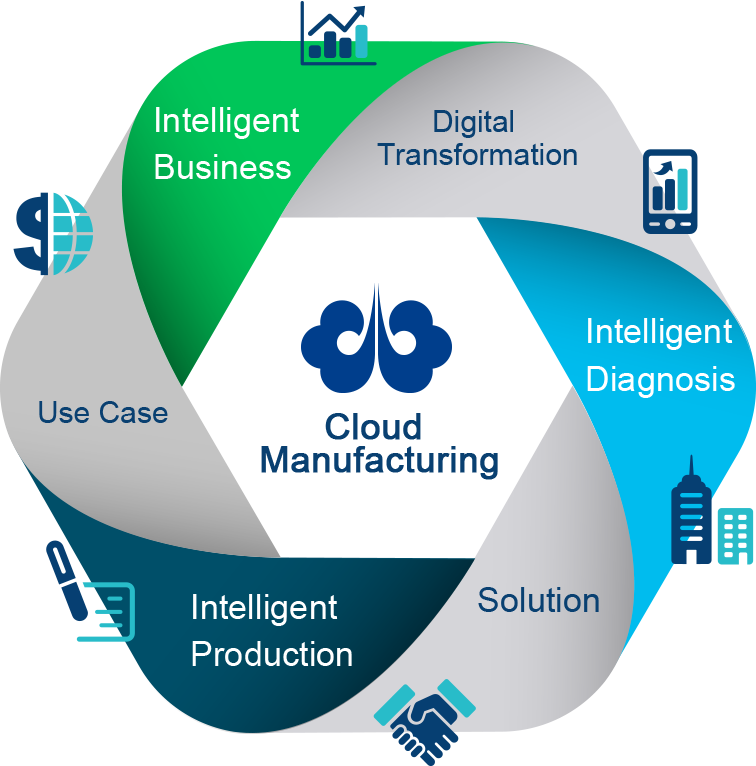Compliance Corner
Welcome to the Certification Corner, let me introduce myself, I’m Paul Hunkar, the Director of Compliance and Certification for the OPC Foundation. This repeating addition to the newsletter will be where we will talk about what is new or important in OPC Foundation Certification.







